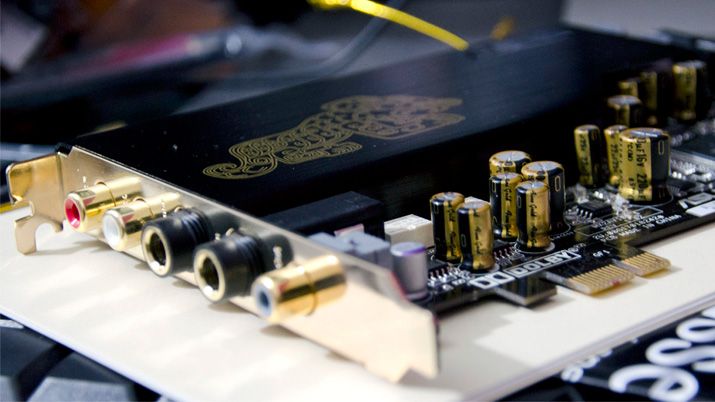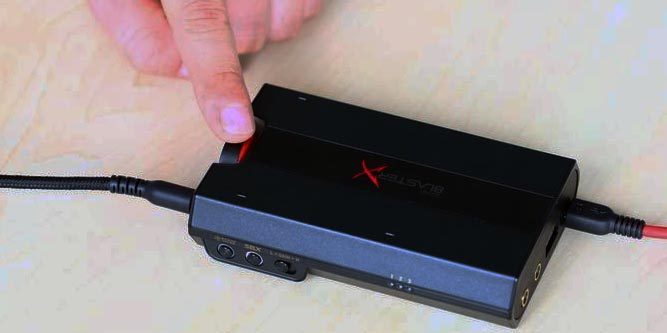

And the second factor is detail, I feel like there is more perceived layering with the Fulla 3 versus using the USB dongle. With the Fulla 3 power is good, it’s adequate enough to support the vast majority of headphones that you would logically pair up with a $99 USD amplifier/DAC combo. The USB dongle simply doesn’t have enough power, at the 100% volume I feel like it’s still missing a lot of the detail, I feel like I need more volume to get the most out of the headphones. The Fulla 3 can drive my HD 58X Jubilee and Drop + HIFIMAN HE4XX planar magnetic headphones without issue. First of all, power is a major difference here. Now you might be thinking what is the main difference between the Fulla 3, which is an entry-level inexpensive amplifier/DAC combo, versus something that might already be included with your gaming headset like the above Logitech USB sound card that is included with the Logitech G Pro X headset. I was using the Element for months and the only reason I stopped was because it requires wall power and I wanted something that was running off a single USB port because I was reconfiguring all of my cable management. This is a really nice amplifier/DAC with beautiful tones and a lot of power behind it. This is where the JDS Labs Element comes in. While it was brilliant I did eventually swap it out for something more powerful because the GSX1000 could not drive some of my headphones. I really loved the natural soundstage expansion especially when combined with a pair of open headphones. In fact, it is one of the best implementations of surround sound I have ever heard. I did a full audio experience test and the difference when enabling that 7.1 surround sound experience was incredible. It was also brilliant for non-competitive gaming.

When the Sennheiser GSX1000 external USB sound card came out the experience was absolutely incredible thanks to their binaural engine that opened up any audio environment.

To start of, let me retrace my audio history for a bit of context.


 0 kommentar(er)
0 kommentar(er)
